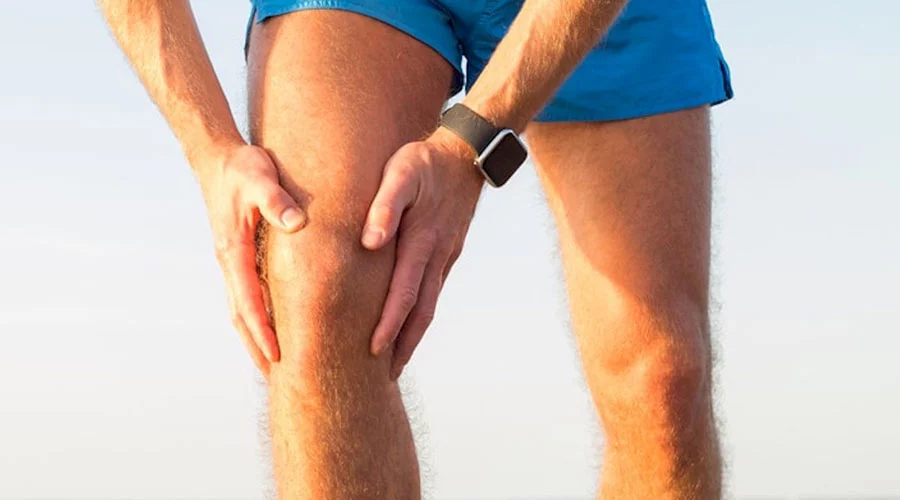If you hear sound from your knee, it could be a sign of a meniscus tear
Meniscus tears, generally known as athlete's disease, is a health problem that is seen as a result of knee strain and significantly reduces the quality of life. Meniscus rupture, which manifests itself with symptoms such as pain, swelling and sound in the knee area, can cause permanent damage if not treated.

Pay attention to bumps and excessive knee strain!
One of the most frequently injured areas of the body is the meniscus. The meniscus is the cartilage in the middle of the knee joint. This structure is a hard, flat and rubbery texture. It covers the joint surface and supports it like a pillow. There are two meniscus in the knee, one on the inner part (inner meniscus) and one on the outer part (outer meniscus). Meniscus are thin pads present in 'C' shape at the intersection of the two largest bones in the knee area. In the knee, the round thighbone and the straight tibia form a harmonious joint, carrying the load, performing rotational movements in many directions, ensuring the balance of power between the thighbone and the tibia. Meniscus tear may occur when your body turns strongly while your knees are slightly bent and loaded on it. Especially in advanced ages, the injury we call degenerate tear happens in this way.
If there is pain and swelling, do not strain your knee
The sounds coming from inside the knee may be the first signs of a tear. You will have pain in the knee joint. Swelling may occur in the knee joint immediately or after a few hours, depending on the meniscus area where the rupture is. You may not be able to bend or straighten your knee completely. Your knee may be locked or stuck at some point. Swelling may occur in the knee joint immediately or after a few hours, depending on the meniscus area where the rupture is. Swelling in the knee, limitation of movement, severe pain after a certain angle is a symptom of meniscus tear.
The treatment of meniscus tears should not be delayed
Early diagnosis is important in the diagnosis of meniscus. Seeing a doctor in a short time is the best choice, and the pain that comes with small blows to the knee should be taken seriously. Prolonged tearing of the cartilage and not receiving any treatment in return can cause cartilage damage and calcification in the knee. Likewise, it is very important to know the disease well. If deemed necessary during the treatment phase, MRI and diagnostic arthroscopy can be performed.
Surgical method gives successful results in persistent pain
There are 4 important applications in the treatment of meniscus.
- Rest
- Ice application
- Bandage
- Keeping the knee above the body
Along with all these treatment options, pain medication is recommended to relieve pain and swelling. Physical therapy and muscle strengthening exercises can be used. Due to the insufficient blood supply of the meniscus, there is no healing, especially in degenerated tears. In cases where the pain persists, surgical intervention is recommended. Although the removal of the ruptured meniscus is the most common method, such interventions result in the patient facing calcification and cartilage erosion problems. In non-degenerate tears, meniscal tears can be repaired arthroscopically. It takes time to load the repair process arthroscopically. After arthroscopic meniscus tear excision, patients can walk within 3-5 hours and start sports within 1 month. Surgical intervention is required for complaints such as pain. Let's not forget that the meniscus is one of the primary tissues that prevents cartilage tissue erosion. Our general view is that meniscus repair in young patients is the part that causes symptoms in elderly patients, and arthroscopic removal of the meniscus.


